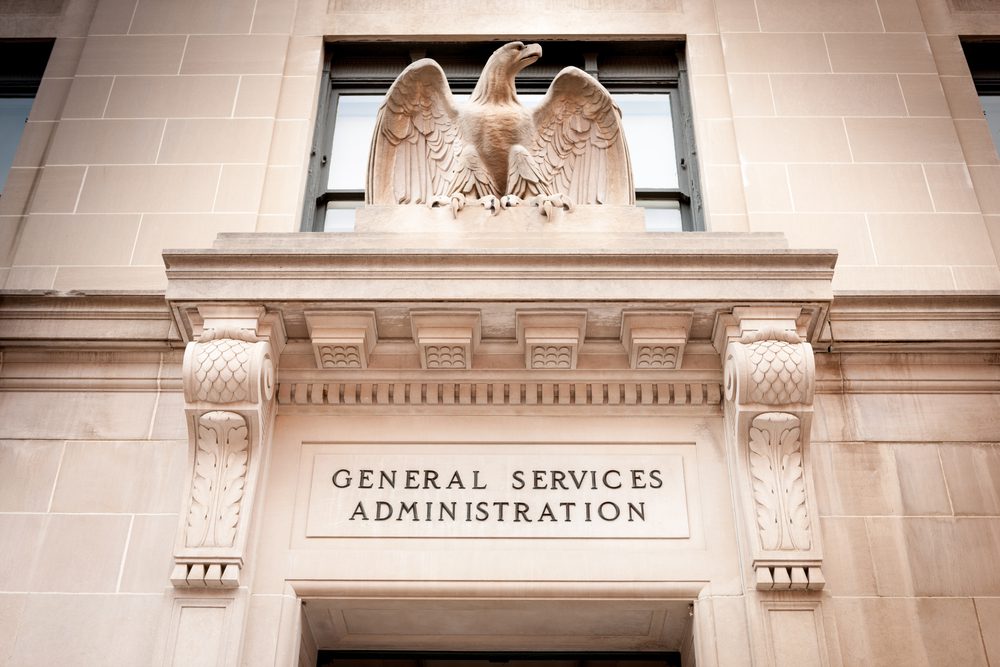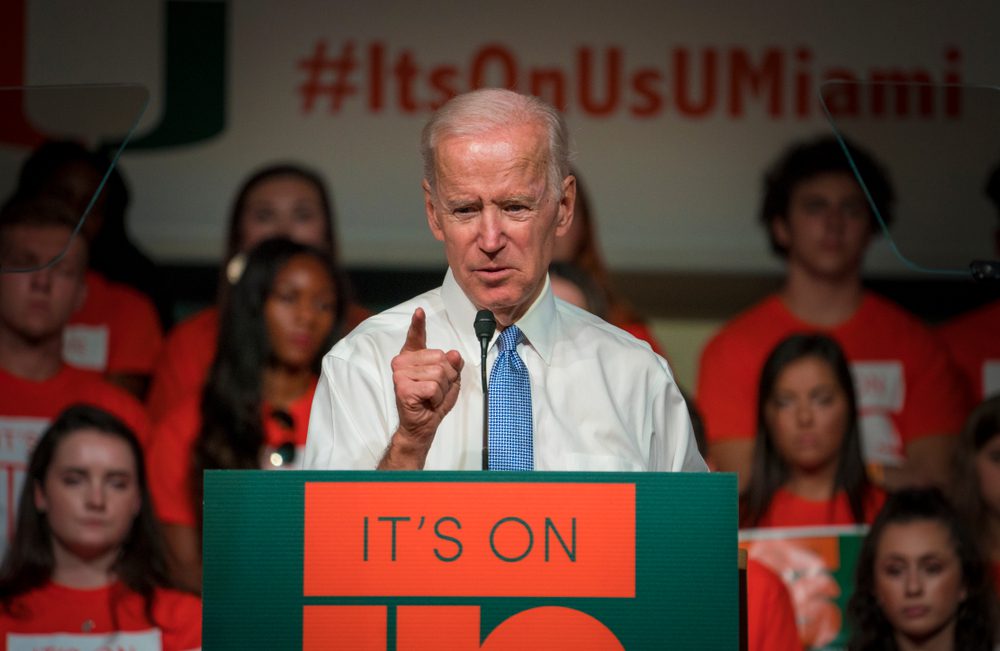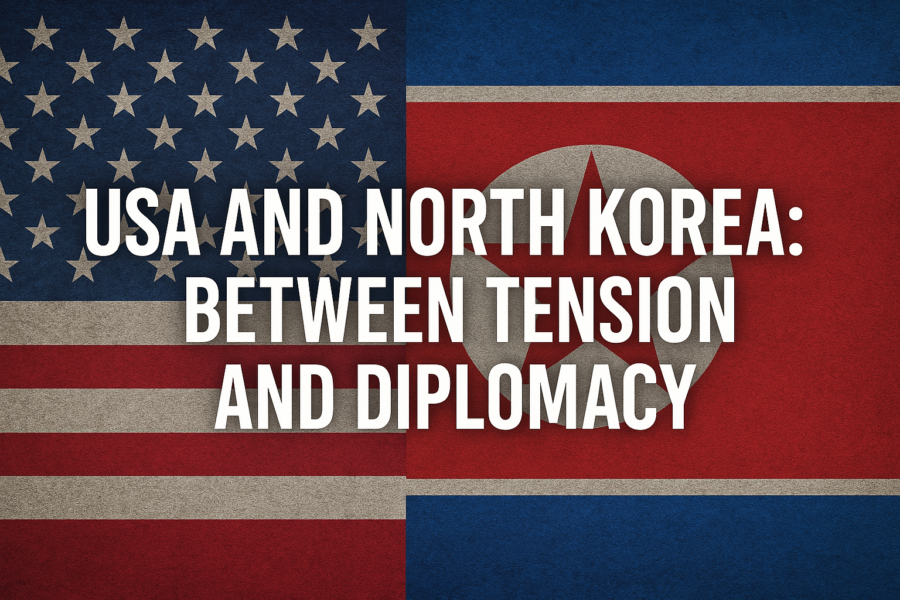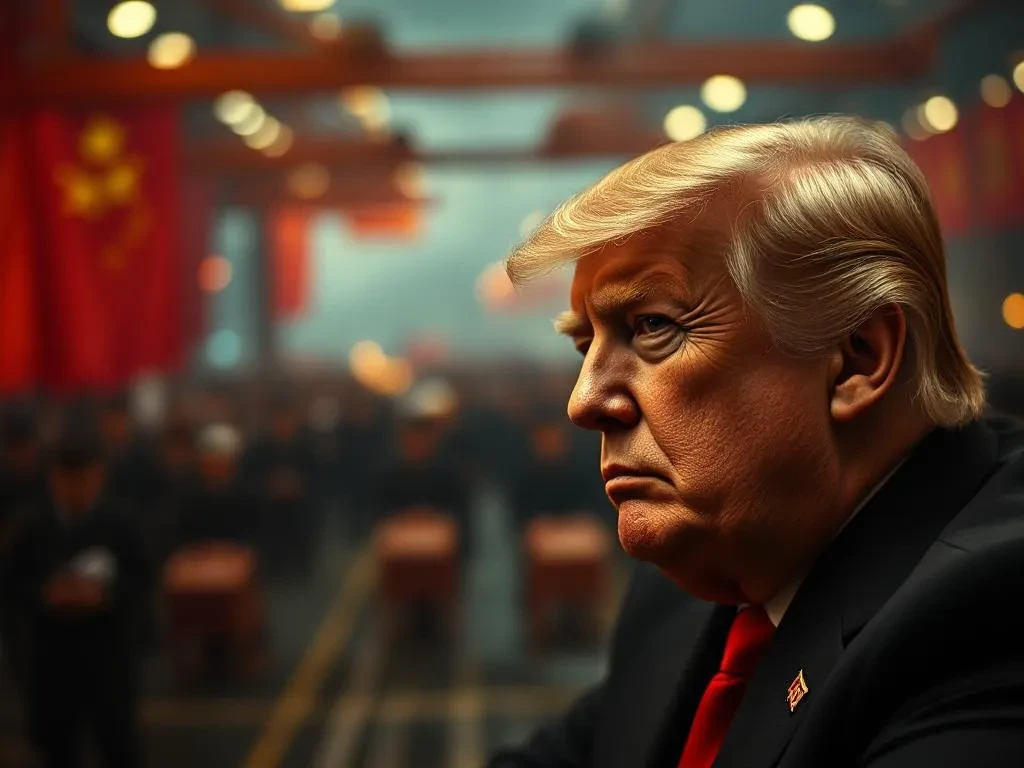The transfer of power. We probably don’t think about it very often – and this term isn’t usually in the headlines either.
Why don’t we take a trip down to memory lane, and discuss a very interesting but avoided topic? Remember when the General Services Administration (GSA) refused to sign the paperwork which recognized Joe Biden as President-elect to facilitate the transition of power between the two presidents?
This statement alone proves how important GSA is during an unprecedented scenario such as this one – a scenario in which the current U.S. President could refuse to accept his defeat formally.
But what is the GSA exactly and how can it decide our country’s faith? Let’s find out.

What is the GSA?
GSA, or the General Services Administration, is a bureaucracy created in 1949 which is now made up of 12,000 employees and a surprising $21 billion budget. Although it’s largely operating behind the political scenes, this Administration is crucial for supporting and managing other federal entities through aspects such as:
- Managing federal office spaces
- Negotiating and procuring supplies requested by federal entities
- Implementing new technologies across the government
What does the GSA do during presidential transitions?
Every time a new president is elected, the GSA creates a presidential transition team based in a special office space at Washington. This team is responsible for providing the President-elect’s team with access to federal agencies. This step allows the President-elect to plan future policy changes, as well as getting an in-depth look at the current government and its members.
For this task, the presidential transition team receives a budget of $6.3 million.
The first step, though, is that the GSA administrator needs to issue a letter of ‘ascertainment.’ Through this letter, the GSA officially recognizes the winner of the Presidential race and the transition of power can begin.
And this is where things get complicated…
Why didn’t GSA ascertain a winner in the Trump-Biden transition?
Former president Donald Trump vehemently refused to concede the election which showed Mr. Biden as the outright winner. Members of Mr. Trump’s Republican campaign team have spent several days filing lawsuits in many states across the country, mainly claiming there’s been a vote fraud.
At the time, Emily Murphy was the GSA administrator assigned to ascertaining Mr. Biden’s future role at the White House.
As expected, she continuously stalled the move for as long as she could without a solid reason – although most people suspected it was due to her connection with Mr. Trump. Murphy was a Trump appointee, as well as a former member of the Republican Staff on Capitol Hill; New York Times also claims she was known as a ‘diligent professional.’
Officially, though, in those crazy days, when no one believed tha this could actually happen, GSA added that Murphy can’t declare a new president yet because the situation could still change. The agency further offered the 2000 election, for example, when a Florida recount was won over a court battle, which delayed the transition of power by several weeks.
As I’ve mentioned above, this is not a solid reason. Why?
Because the 2000 elections were so close that their results literally depended on a single state, as only 537 votes were separating the two candidates. Fast-forward to 2020’s Presidential race, President Joe Biden lead Donald Trump by thousands of votes in multiple states. If the Trump administration’s theory was true and Mr. Biden only won due to voting fraud, this would probably be the biggest fraud in our nation’s 244-year history.
But really, that’s not the case.
In 2016 – the year Donald Trump took office – the GSA started the transition process on November 9th. That is exactly one day after the election.

Why is the transition of power so important?
This transition process is mandatory because it allows the President-elect to plan future policy changes, prioritize certain projects and analyze the current situation of our country in a much more professional way. By the time the President-elect takes office, he will have already established a well-organized plan of action. This is what is known as a smooth transition.
The transition of power also offers the President-elect’s team access to classified intelligence regarding international threats and treaties.
Still don’t think GSA is that important?
As I mentioned earlier, the 2000 election Florida recount delayed the transition process by a few weeks; to stay on track regarding the President-elect’s official arrival into the White House, the transition process was shortened.
This shortened transition process contributed to our country’s unpreparedness for one of the most brutal terrorist attacks, today known as 9/11.

Other transitions in history
During the 1860-61 transition that took place between James Buchanan and Abraham Lincoln, no less than seven states seceded. Buchanan believed that states had no right to secede, but it was also completely illegal to go to war and stop them. Then, Buchanan transferred power to Lincoln on March 4, 1861, in a very peaceful fashion.
Then it was the Grant-Hayes transfer. In the 1876 election meant to replace Ulysses S. Grant, there was a similar dispute about 20 electoral votes in four different states, which was enough to guarantee a majority for Samuel J. Tilden or Rutheford B. Hayes, besides multiple allegations of electoral fraud. However, things were very unclear about who should take the Oval Office on inauguration day. That’s how the Compromise of 1877 appeared, and the constitutional crisis was solved in a few days.
When the Hoover-Roosevelt transfer took place, the Great Depression was at its peak. Right after the election, Roosevelt vehemently refused to meet with Hoover and discuss a joint program to stop the crisis and calm the investors. He claimed it would limit his options. Throughout this time, the U.S. economy was taking hit after hit, and the relationship between these two presidents was as strained as it could get: none of them had anything good to say about the other.
As mentioned above, the 2000-01 transition between Clinton and Bush had to be shortened because of the Florida recount crisis. However, because of the recount efforts and litigation between Bush and his opponent, Al Gore, the election was left undecided until December 12, 2000, which made Bush’s transition the shortest in United States history, at 39 days.
However, the Bush-Obama transfer seemed smooth, especially since Bush granted Obama’s request to ask Congress for $350 billion of bank bailout funds. At the beginning of his inaugural speech, former President Obama praised Bush for his service, generosity, and cooperation.
Then, when the Obama-Trump transfer took place, Trump was even invited to the White House to discuss a peaceful transition between the two presidencies on the evening of November 8, 2016. Moreover, early on November 9, media outlets were positive that Trump would secure enough votes in the Electoral College to win. Even more, the Democratic Party nominee Hillary Clinton conceded the election to Donald Trump later that day.
On the same day, GSA Administrator Denise Turner Roth issued that “ascertainment letter” to declare Trump as president-elect officially, and the transition team received office space, and they became eligible for government funding for staff.
And the transition between Trump-Biden, well, we’re all aware of how that story went, right? If you’re eager to read more about the Pentagon and what are the rules and protocols in there, here’s what we recommend reading: 9 Facts About The Pentagon Every American Should Know







